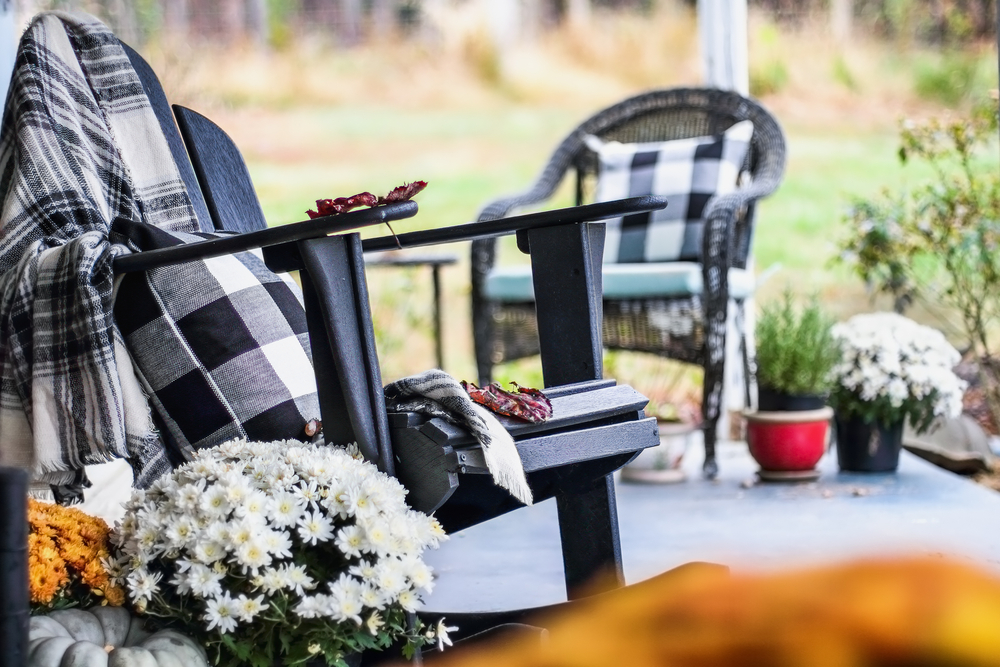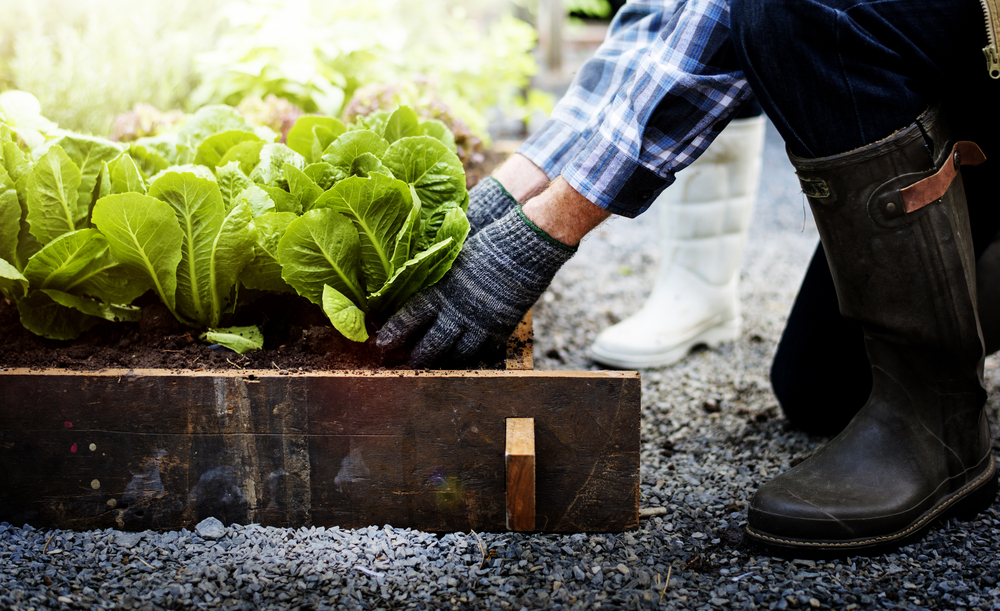
Cold winter weather can make us feel down and out, but incorporating some greenery into our indoor spaces can help boost our moods and bring a touch of nature into our homes. Indoor plants not only improve air quality and add aesthetic appeal, but they can also positively impact our mental health. Here are ten indoor plants that can help improve your mood during the cold winter.
Snake Plant (Sansevieria)
Snake plants are known for their air-purifying abilities and are also believed to reduce stress and anxiety. The Snake Plant, also known as Sansevieria, is an extremely versatile and low-maintenance indoor plant. Not only is it known for its air-purifying abilities and helping to remove toxins from the air, but it also thrives in a wide range of light conditions, from low light to bright indirect light, which makes it perfect for any spot in your home. Additionally, it has been known to survive for weeks (if not months!) on end with little water, making it a great option for those who may forget to water their plants regularly.
Spider Plant (Chlorophytum Comosum)
Spider Plant, also known as Chlorophytum comosum, is an easy-to-grow indoor plant known for its air-purifying abilities and ability to improve humidity levels in a room. They are also known for their unique and fascinating appearance, with long, arching leaves and small white flowers. They are especially known for the small "spiderettes" that grow on the end of long stems and can easily be propagated to create new plants.
Aloe Vera
Aloe vera is a popular succulent plant that is known for its medicinal properties, as well as its ability to improve air quality. Aloe vera gel, found inside the leaves, is used to treat many skin conditions and can be taken orally as a dietary supplement. In addition, Aloe vera is a great air purifier; it helps remove formaldehyde, benzene, and carbon monoxide from the air. With little maintenance required, Aloe vera plants are a great addition to any household- they only need to be watered every two weeks or so!
English Ivy (Hedera helix)
English Ivy, also known as Hedera helix, is a popular indoor plant known for its ability to improve air quality by reducing pollutants such as formaldehyde, benzene, and carbon monoxide. Additionally, it reduces fatigue, headaches, and dry skin by increasing humidity in the air. As a climbing vine, it can be trained to grow on trellises, walls, or in hanging baskets, providing a natural, green way to add a decorative touch to any room. A very "traditional-looking" plant!
Boston Fern (Nephrolepis exaltata)
Boston Fern, also known as Nephrolepis exaltata, is a beautiful and popular indoor or outdoor plant known for its delicate fronds and lush green foliage. It's particularly known for improving air quality by increasing humidity and removing pollutants. Additionally, it is believed to have natural mood-boosting properties and a calming effect, and also to be able to reduce stress levels. They typically prefer moist and shaded environments and require regular misting to thrive. Great for sunrooms!
Chinese Money Plant (Pilea peperomioides)
Chinese money plants are believed to bring good luck and positive energy to a space and are known for improving air quality. The Chinese Money Plant, also known as Pilea Peperomioides, is a popular indoor plant known for its round, coin-shaped leaves. They prefer moderate to bright indirect light, so it's best to keep them in areas with filtered light (like a kitchen window). They are also known to be relatively low maintenance and easy to care for.
Peace Lily (Spathiphyllum)
Peace Lily, also known as Spathiphyllum, is a beautiful indoor plant known for its large, glossy green leaves and delicate white flowers. It's believed to have natural calming and soothing properties and to improve air quality by removing pollutants such as ammonia and formaldehyde. They prefer low to moderate light and consistent moisture levels, so they thrive in shady or dimly lit rooms. They are also known to be low maintenance and easy to care for, making them a great option for people new to plant care.
Weeping Fig (Ficus Benjamina)
The Weeping Fig, also known as Ficus Benjamina, is a popular indoor tree known for its elegant, drooping branches and glossy green leaves. They prefer bright, indirect light and consistent moisture levels and can grow quite large, up to 8-10 feet tall. It's important to find the right spot for your weeping fig. Choose a place that has bright but indirect light – a position a few feet from a window is ideal. Make sure the plant is not in a drafty spot or close to the heat of a radiator or heater in winter.
Gerbera Daisy (Gerbera jamesonii)
Gerbera Daisy, also known as Gerbera jamesonii, is a popular indoor plant known for its large, brightly-colored flowers in various hues, such as pink, red, yellow, orange, and white. They are believed to improve mood and reduce stress levels by providing a pop of color and cheer to any room. They prefer bright light and consistent moisture, making them a great option for sunny windowsills or well-lit rooms such as the kitchen. They have a moderate watering need and must be kept in well-drained soil to thrive.
Philodendron
Philodendron plants are known to improve air quality and are also believed to reduce stress and anxiety and promote feelings of calm and well-being. Philodendron is a popular indoor plant known for its large, glossy leaves and climbing or trailing habits. They are easy to care for and thrive in a wide range of light conditions, making them a great option for any room in the house. Some of the popular cultivars are Heart leaf, Cordatum, and Selloum. Some are climbing, and others are trailing, which can be great for hanging baskets and other containers.
Incorporating indoor plants into our homes can positively impact our moods during the cold winter. These are all great options for improving air quality and reducing stress and anxiety and adding a little life to your home overwinter. Of course, it is important to research the care requirements for each species before making a choice, but many of them are low-maintenance plants that can add a touch of nature and color to any room in your home. Different plants work differently for different people, so it's always good to research the plants and choose the one you feel connected to. Stop into Red's Home & Garden this winter where you'll find a wide variety of indoor plants in our temperature-controlled greenhouse!



